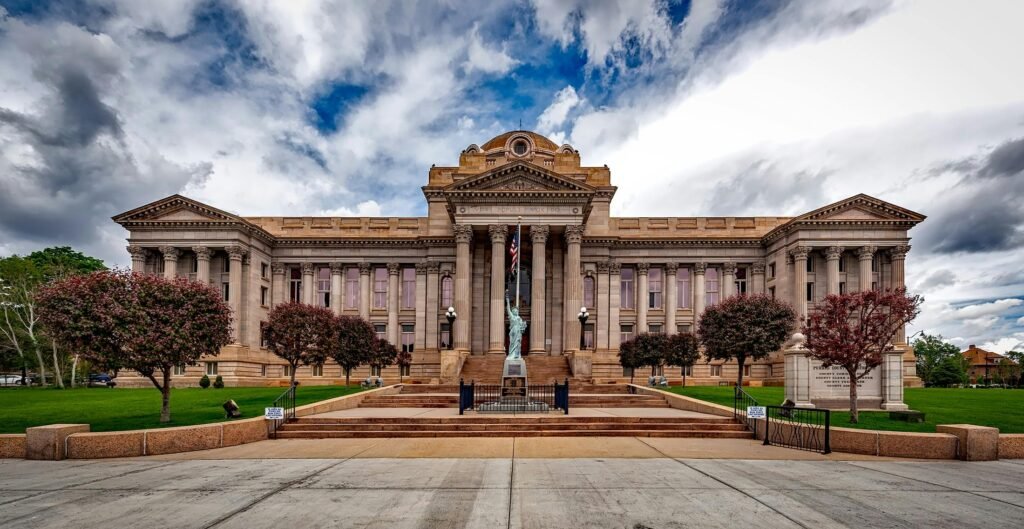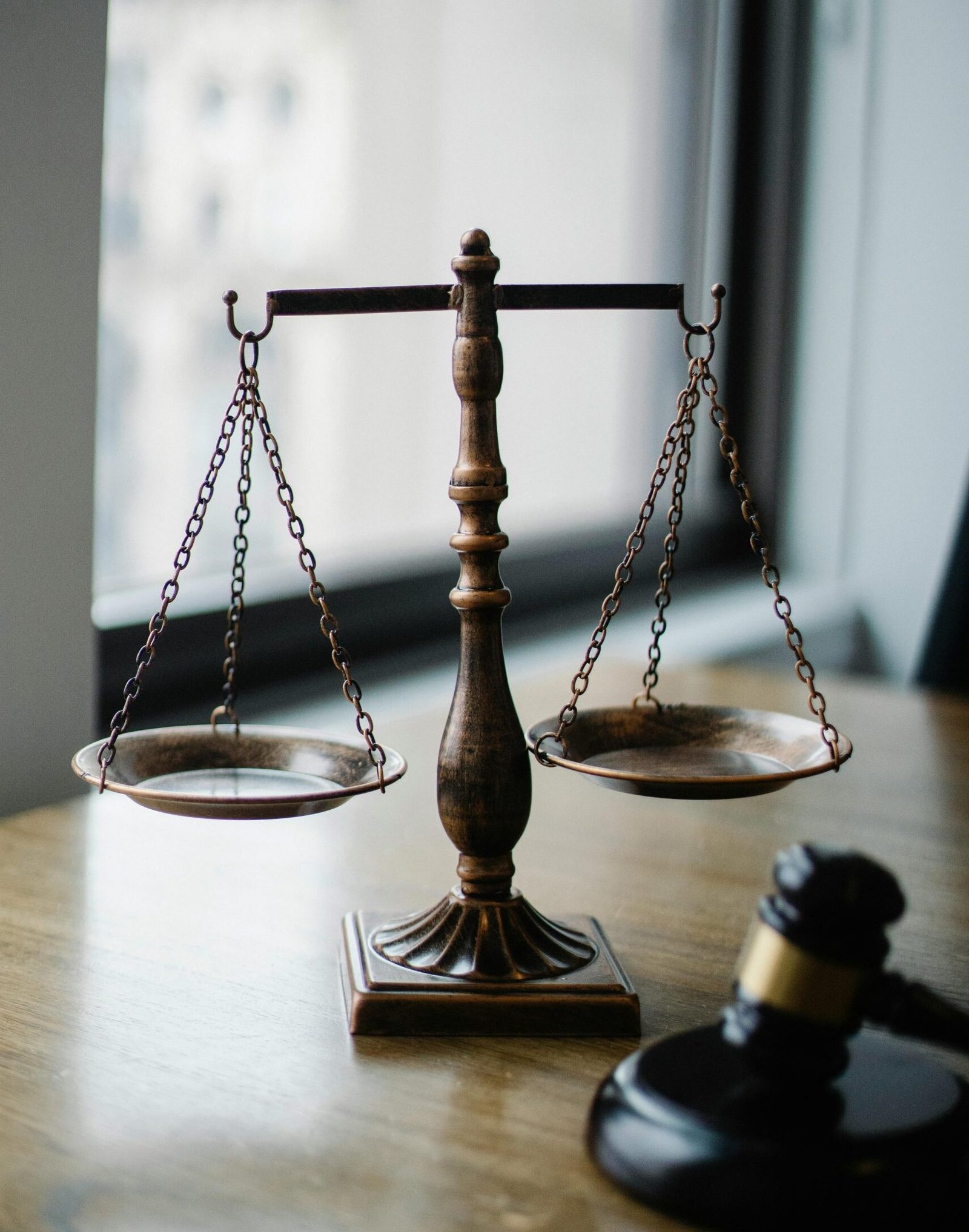Regulation is an organized arrangement of rules and standards laid out by an overseeing power to manage conduct and guarantee requests inside a general public. It envelops different components that cooperate to give an exhaustive system for overseeing human communications, settling questions, and keeping up with cultural standards. Here is a definite investigation of what regulation is and the way that it capabilities:

- Definition and Reason
Definition:
Regulation alludes to a bunch of formal principles and guidelines made and implemented by an overseeing body or authority. These principles are intended to direct the way of behaving of people and associations inside the general public.
Reason:
Keep Everything Under Control: Regulation lays out an anticipated and precise climate by setting guidelines for conduct and settling questions.
Safeguard Privileges: It shields individual opportunities and freedoms, like individual well-being, property, and protection.
Advance Equity: Regulation plans to convey fair and unbiased treatment, tending to complaints and guaranteeing evenhanded results.
Work with Social Change: It can drive and reflect cultural changes, adjusting to advancing qualities and new difficulties.
- Wellsprings of Regulation
Regulation:
Rules: Regulations sanctioned by administrative bodies (e.g., parliaments or congresses). These are formal composed regulations.
Guidelines: Nitty-gritty standards made by managerial organizations given resolutions. They give useful direction on carrying out regulations.
Legal Point of reference:
Case Regulation: Choices made by courts that decipher and apply rules. These choices can start trends for future cases, molding the advancement of the law.
Protected Regulation:
Constitution: The basic authoritative record that frames the design of government, the division of abilities, and central freedoms. It fills in as the preeminent rule that everyone must follow.
Standard Regulation:
Customs and Practices: In certain social orders, well-established traditions and practices can be perceived as lawfully restricting, particularly in regions like family and local area relations.
Worldwide Regulation:
Settlements and Shows: Arrangements between nations that lay out standards and guidelines for global direct.

Kinds of Regulation
Criminal Regulation:
Reason: Locations ways of behaving that are viewed as offenses against the state or society at large.
Models: Burglary, attack, misrepresentation, and murder.
System: Incorporates indictment by the state, potential punishments like fines or detainment, and means to dissuade and rebuff criminal ways of behaving.
Common Regulation:
Reason: Oversees questions between people or associations, commonly including private privileges.
Models: Agreements, property questions, and family regulation (e.g., separate, youngster care).
Method: Includes settling clashes through claims, and looking for cures like harms or directives.
Regulatory Regulation:
Reason: Controls the activities of administrative organizations and guarantees they act inside their position.
Models: Rules and guidelines set by offices like the Ecological Assurance Organization (EPA) or the Protections and Trade Commission (SEC).
Methodology: Includes a legal survey of organization choices, rule-production techniques, and requirement activities.
Protected Regulation:
Reason: Deciphers and applies sacred arrangements, safeguarding essential freedoms and characterizing the design of government.
Models: Cases including the right to speak freely of discourse, partition of abilities, and legal audit.
System: Courts audit regulations and government activities for legality.
Worldwide Regulation:
Reason: Administers relations among countries and worldwide associations, resolving issues like exchange, common liberties, and compromise.
Models: Arrangements, worldwide shows, and standard global regulation.
Strategy: Includes exchanges, arrangements, and settlement by global bodies like the Worldwide Courtroom.

- General sets of laws
Custom-based Regulation:
Beginning: Created in Britain and embraced by numerous English-talking nations.
Highlights: Underscores legal points of reference and case regulation. Courts decipher resolutions and foster lawful standards in light of past choices.
Common Regulation:
Beginning: Given Roman regulation and utilized in numerous European nations.
Highlights: Depends vigorously on composed codes and resolutions. Legal choices are less persuasive in forming the law contrasted with customary regulation frameworks.
Strict Regulation:
Beginning: Given texts and standards.
Highlights: Oversees individual and local area life given strict principles. Models incorporate Islamic Sharia regulation and Jewish Halakha.
Standard Regulation:
Beginning: In light of customary practices and customs.
Highlights: Perceived in a few overall sets of laws, especially in native or ancestral networks.
- Policing Legal Executive
Policing:
Job: Incorporates police and different organizations answerable for upholding regulations, examining wrongdoings, and keeping public control.
Legal Executive:
Job: Involves courts and judges who decipher and apply regulations, resolve debates, and guarantee equity. The legal executive works freely to guarantee fair and unprejudiced direction.
Legitimate Calling:
Jobs: Incorporates attorneys, judges, and legitimate researchers who give lawful portrayal, exhortation, and examination. They assume a pivotal part in deciphering regulations, supporting clients, and molding lawful turns of events.
- Lawful Systems and Organizations
Regulative Interaction:
Steps: Incorporates drafting, discussing, altering, and passing regulations. Includes regulative bodies like parliaments or congresses.
Legal Cycle:
Steps: Includes documenting claims, directing preliminaries, and engaging choices. Courts handle common and criminal cases in light of laid out legitimate standards and proof.
Managerial Cycle:
Steps: Incorporates rule production, implementation, and settlement by authoritative organizations. Includes public interest and oversight.
Regulation is a mind-boggling and diverse field that develops with cultural necessities and changes. It is fundamental for the working of current cultures, giving the design and instruments important for social strength, equity, and administration.
